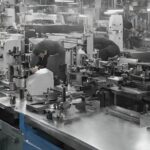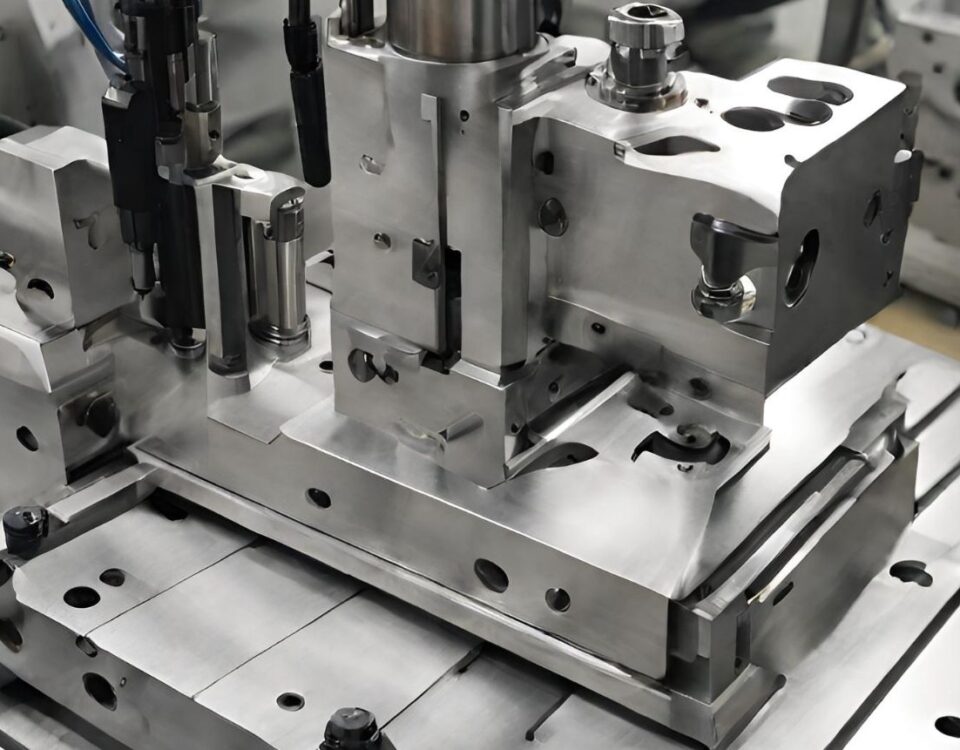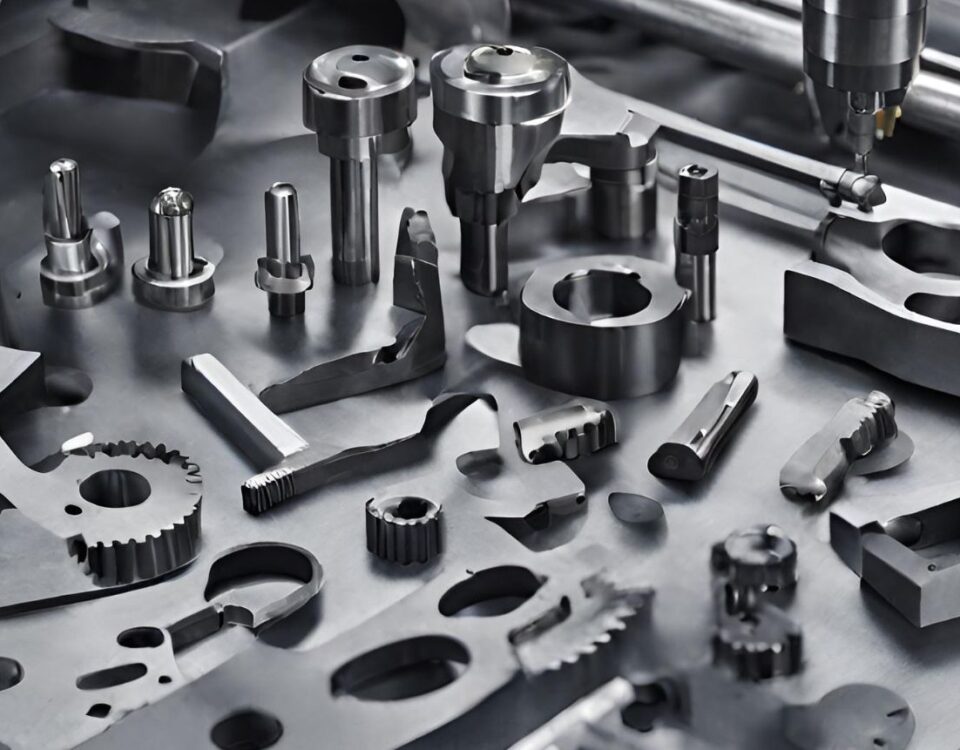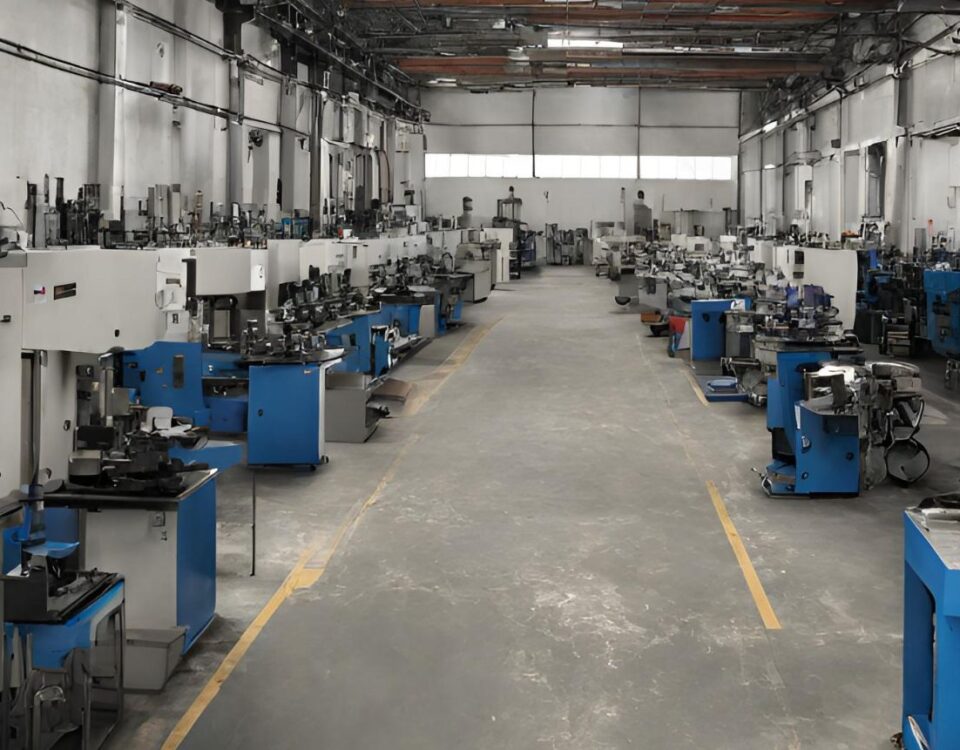
Unveiling the Precision and Versatility of Customized Machining Parts
31 January 2024
Precision Manufacturing: Efficiency, Quality, Innovation
8 February 2024Introduction
Metal parts machining is a fundamental process in manufacturing, involving the use of various techniques to shape raw metal materials into precise components. This comprehensive overview delves into the key methods, applications, and benefits of precision metal parts machining.
Key Techniques:
-
CNC Machining: Computer Numerical Control (CNC) machining utilizes computer-aided design (CAD) models to guide precise cutting tools, allowing for intricate and accurate metal part production.
-
Turning and Milling: Turning involves rotating a workpiece on a lathe, while milling uses rotary cutters to remove material, both crucial for creating cylindrical and prismatic components.
-
Grinding: Grinding operations provide fine surface finishes and tight tolerances, essential for achieving precise dimensions and smooth surfaces.
Applications:
-
Aerospace: Metal parts machining plays a critical role in producing aircraft components, engine parts, and structural elements that demand high precision and reliability.
-
Automotive: From engine components to intricate interior elements, the automotive industry relies on precision machining for the production of critical metal parts.
-
Medical Devices: Machining is essential for creating intricate and sterile components used in medical devices, ensuring precision and biocompatibility.
Benefits:
-
Precision: Machining processes enable the production of highly accurate metal parts, meeting stringent dimensional requirements.
-
Versatility: From prototypes to large-scale production, metal parts machining accommodates a wide range of volume requirements and component complexities.
-
Material Flexibility: Machining can be applied to various metals, including aluminum, steel, titanium, and alloys, providing flexibility in material selection.
Conclusion
The world of metal parts machining encompasses a diverse set of techniques, applications, and advantages. Its pivotal role in industries such as aerospace, automotive, and medical device manufacturing underscores the significance of precision and reliability in producing metal components that drive modern technology and innovation.




